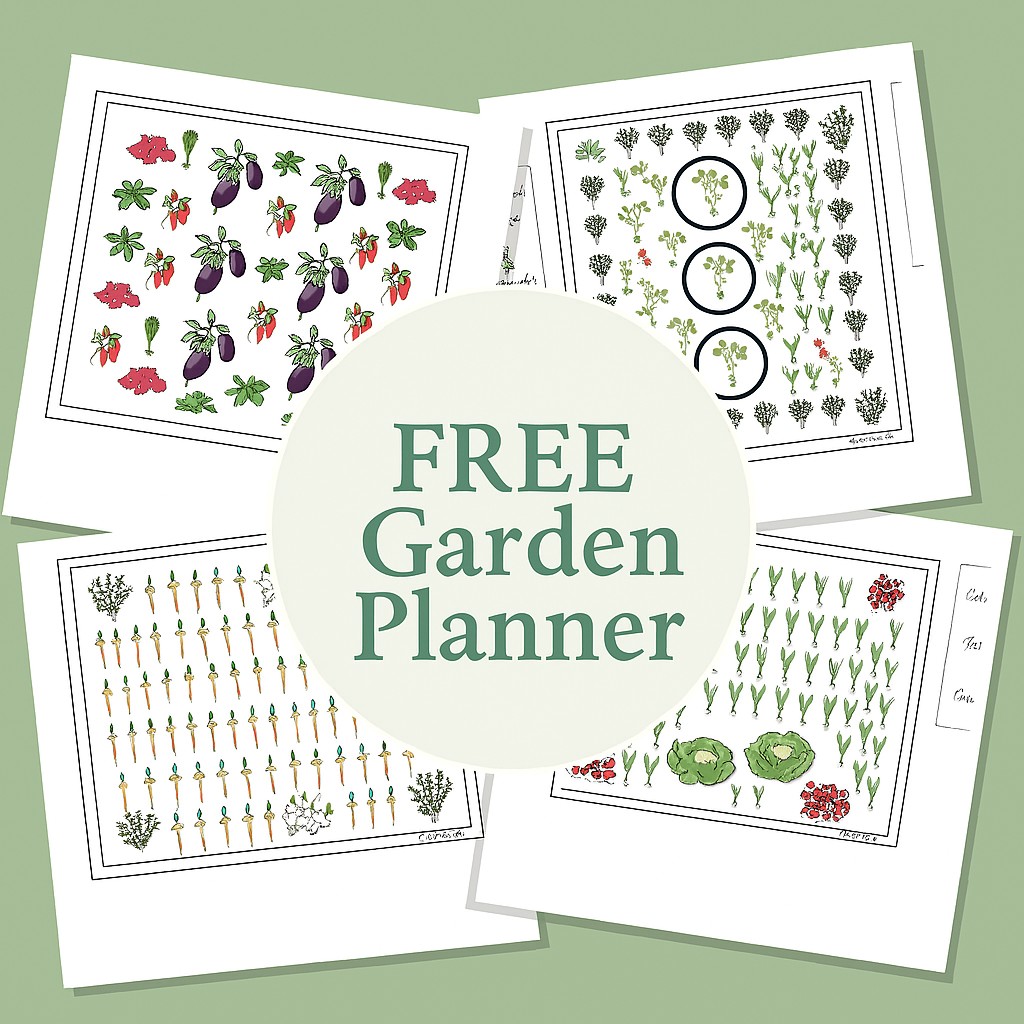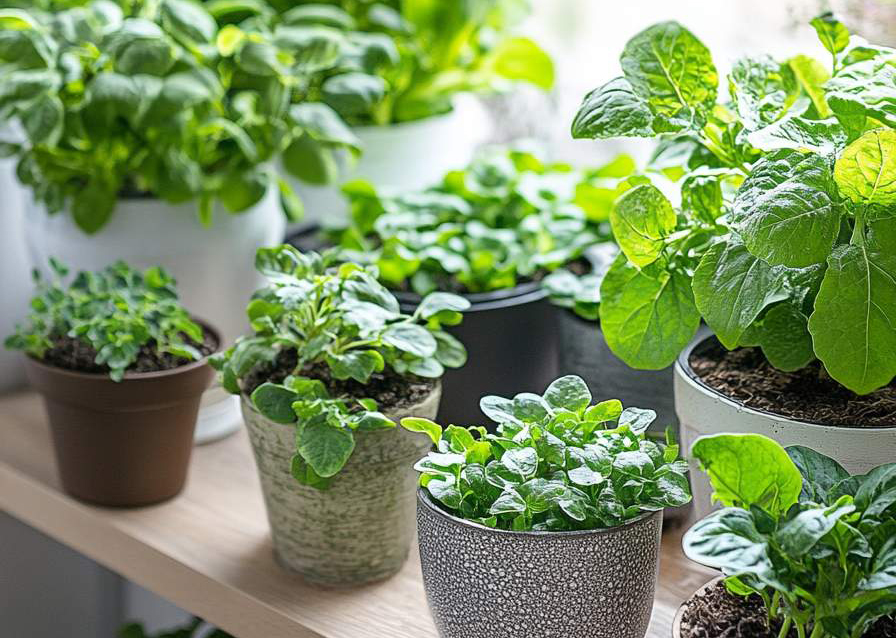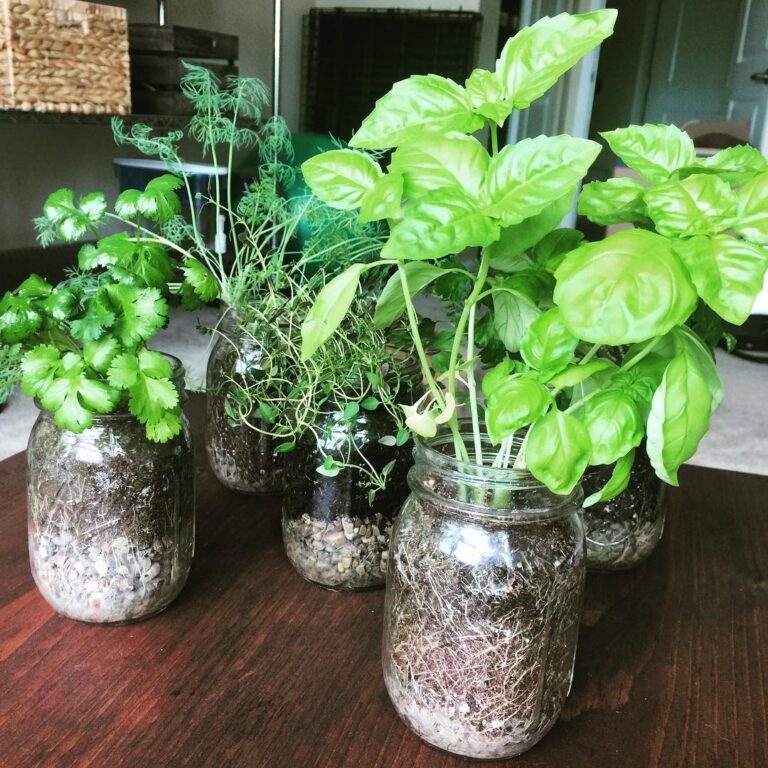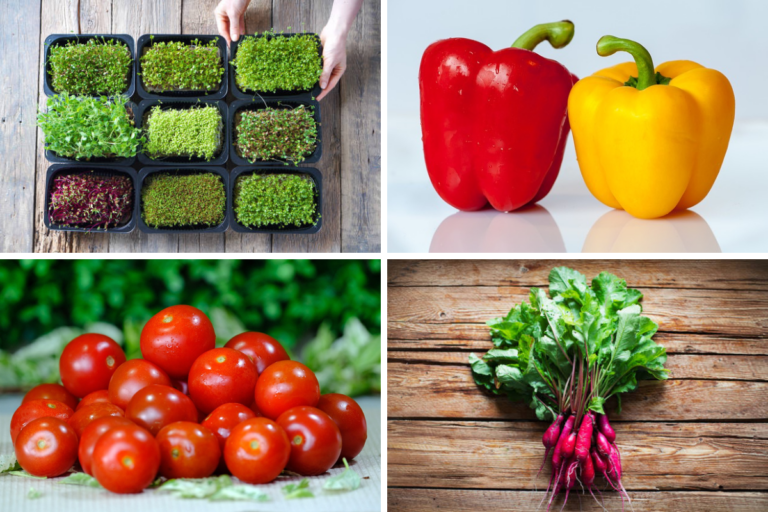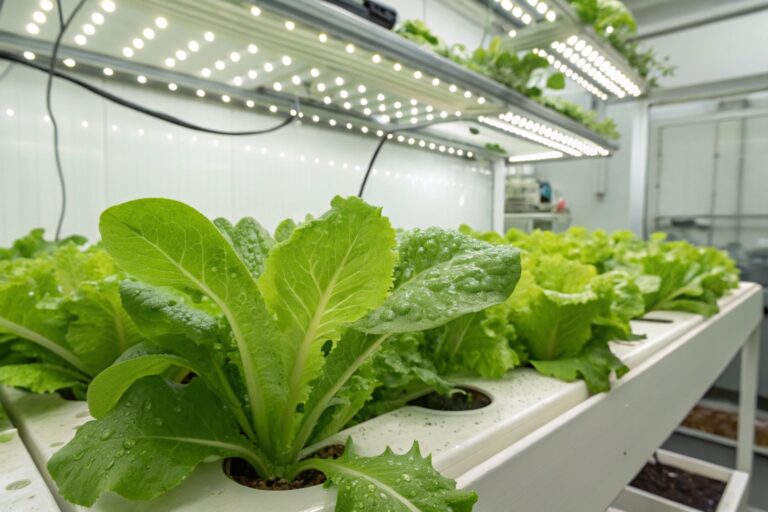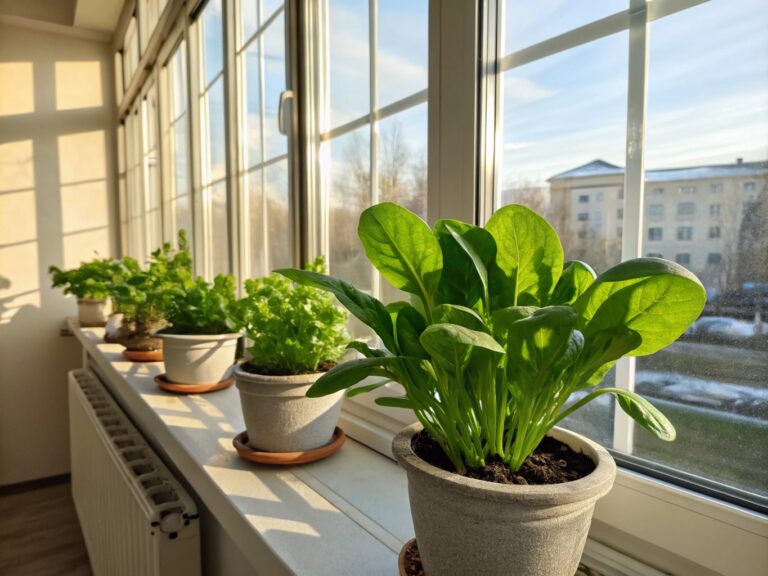7 Indoor Gardening Mistakes Beginner’s Make
Indoor gardening is a rewarding hobby that lets you bring nature into your home, grow your own food, and create a peaceful environment. However, if you’re just starting out, you might make some common indoor gardening mistakes. Let’s explore the typical pitfalls and how to avoid them to ensure a flourishing indoor garden. Whether you’re growing food indoors, setting up a patio DIY garden, or cultivating an indoor herb garden, this guide has you covered!
Understanding Indoor Gardening
Before diving into specific mistakes, it’s essential to understand what indoor gardening entails. It’s not just about placing a few pots near the window. It involves considering light sources, the type of plants you’re growing, and creating the perfect indoor ecosystem.
There are various garden types to choose from, including indoor vegetable gardening, patio DIY setups, or even a garden cactus. Each type requires different care methods and presents unique challenges for beginners.
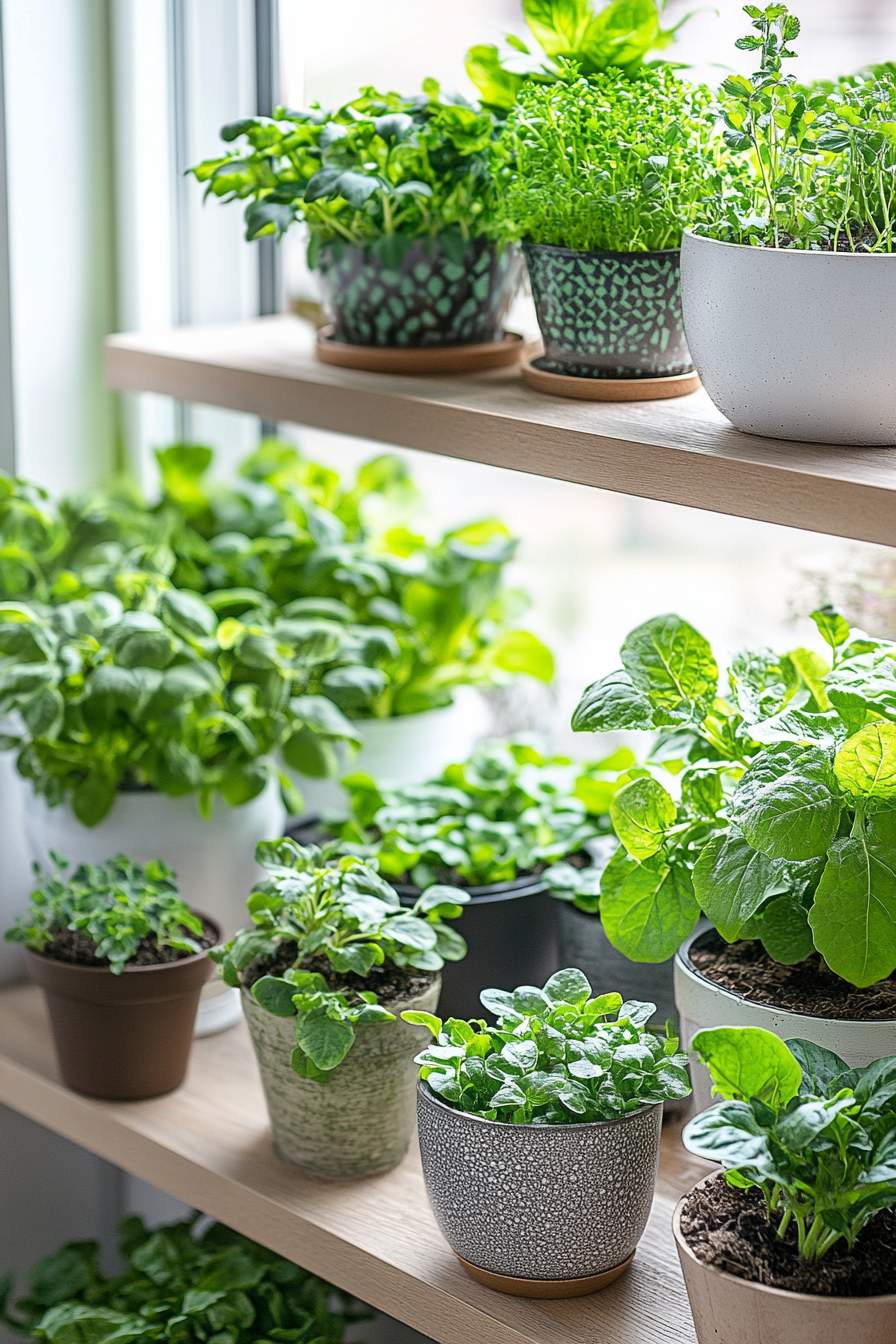
Common Indoor Gardening Mistakes and How to Avoid Them
1. Choosing the Wrong Plants for Indoors
Not all plants thrive indoors, and one of the biggest mistakes beginners make is choosing plants that require more sunlight than indoor conditions can provide.
How to Avoid:
- Focus on indoor vegetable gardening plants such as leafy greens (like spinach or lettuce) and herbs (such as basil or mint).
- Cacti and succulents are excellent choices for low-maintenance garden cactus setups. They require little water and can thrive in drier conditions.
2. Overwatering Your Plants
Overwatering is another common issue for indoor gardeners. Indoor plants, particularly in containers, don’t need as much water as outdoor plants. The soil in pots retains water for longer, which can cause the roots to rot.
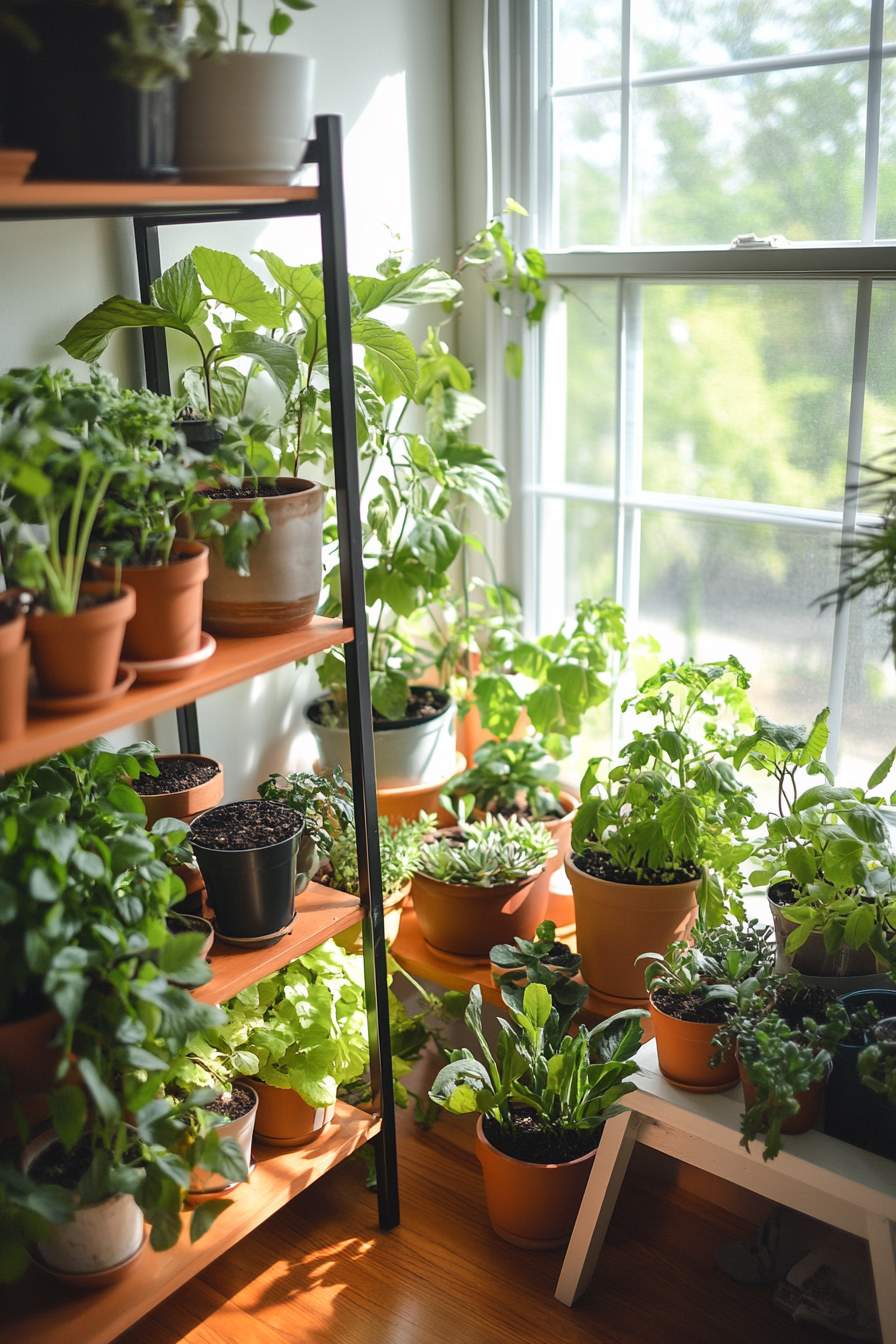
How to Avoid:
- Check the soil moisture before watering by sticking your finger an inch into the soil.
- For herbs in your indoor herb garden, ensure pots have proper drainage to prevent water buildup.
3. Inadequate Light Sources
Many beginners assume that any sunny window will do for their indoor garden, but not all plants have the same light needs. Some need direct sunlight, while others thrive in low-light conditions.
How to Avoid:
- If you’re growing indoor vegetables, place them in areas that receive 6-8 hours of sunlight daily. Alternatively, you can use grow lights to supplement natural light.
- For plants like cacti, ensure they get plenty of bright, indirect sunlight.
4. Ignoring the Humidity Levels
Indoor environments can sometimes be too dry for plants, especially during the winter months when the heating is on. Some plants, particularly tropical varieties, require higher humidity levels to thrive.
How to Avoid:
- Mist plants regularly or place a small humidifier near your indoor garden.
- Group plants together to create a micro-environment that retains humidity. This can be especially helpful for your indoor herb garden or other tropical plants.
5. Not Using the Right Soil
Indoor plants have different soil needs compared to outdoor plants. Using garden soil in your pots can lead to compacted roots, poor drainage, and nutrient deficiencies.
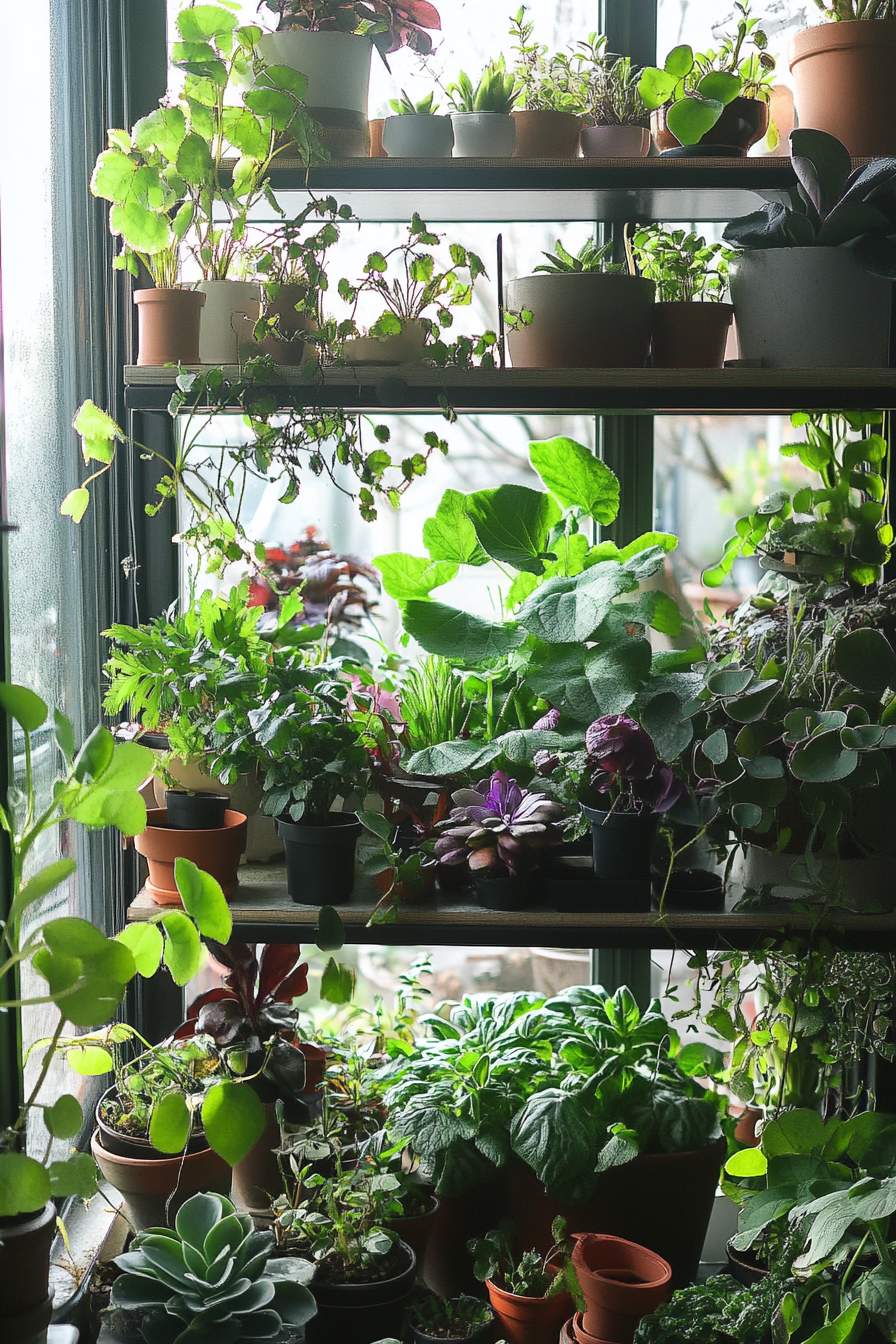
How to Avoid:
- Use potting soil specifically designed for indoor plants. This will ensure proper drainage and aeration for your plant roots.
- When growing food indoors, look for soil mixes enriched with compost or organic matter to provide the nutrients necessary for healthy vegetable growth.
6. Overlooking the Importance of Containers
Selecting the wrong containers for your indoor plants can stifle growth or lead to drainage issues.
How to Avoid:
- Make sure containers have drainage holes to prevent waterlogging.
- For patio DIY setups, consider using containers that match the size of the plant you’re growing. A small container might be sufficient for herbs, while larger vegetables may need deeper pots.
7. Not Pruning or Harvesting Regularly
Just because plants are indoors doesn’t mean they don’t need regular pruning or harvesting. Neglecting this can lead to overgrown, unhealthy plants.
How to Avoid:
- For herbs in your indoor herb garden, regularly trim them to encourage new growth.
- For indoor vegetables, harvest as soon as they’re ready to prevent plants from becoming leggy or unproductive.
Types of Indoor Gardens for Beginners
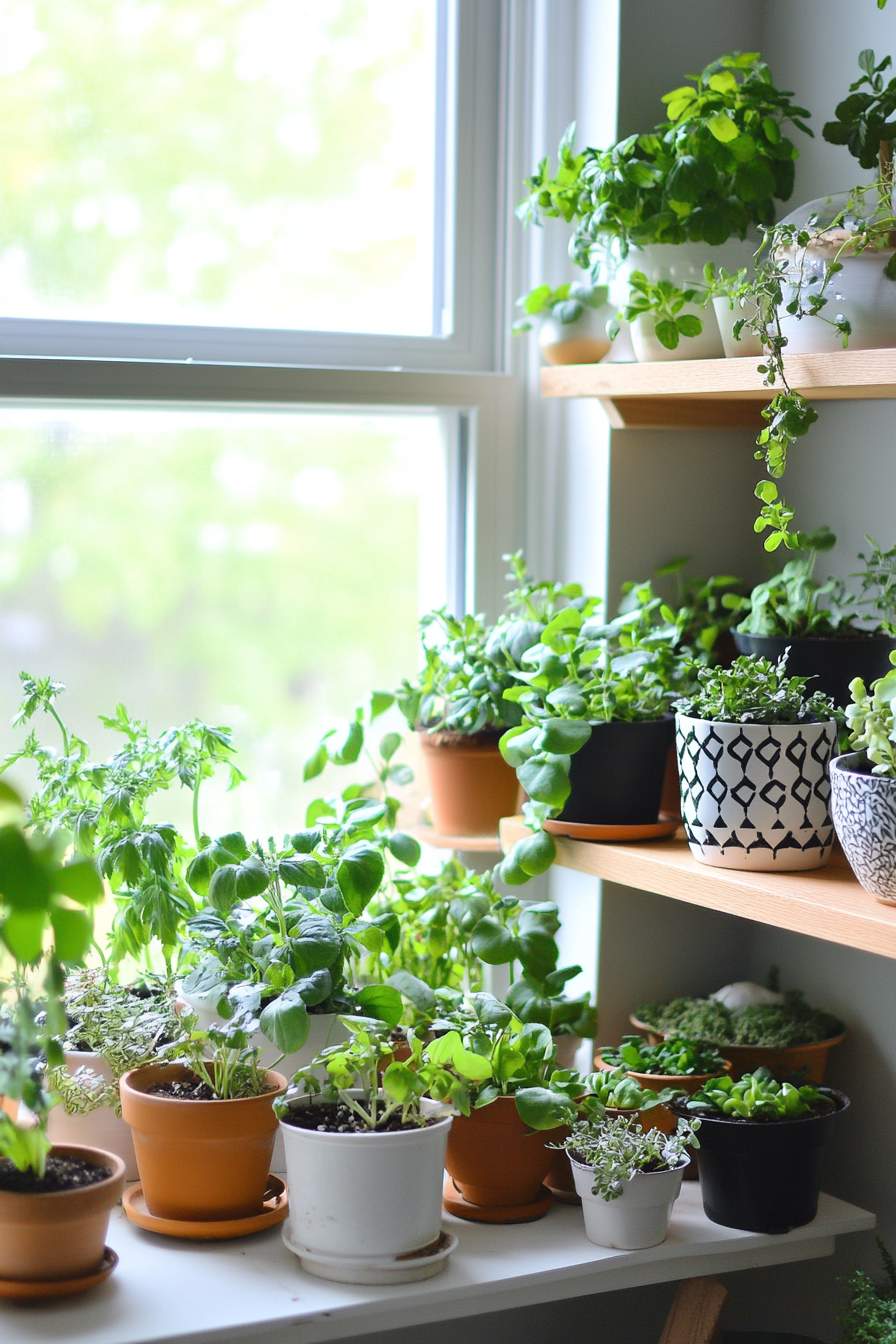
Now that you know what mistakes to avoid, let’s look at some beginner-friendly indoor garden ideas.
Indoor Vegetable Gardening
Growing vegetables indoors allows you to enjoy fresh produce year-round. Focus on easy-to-grow vegetables like leafy greens, tomatoes, and peppers.
Garden Cactus
Cacti are perfect for beginners who want to start small. They require minimal water and are incredibly low-maintenance.
Indoor Herb Garden
Herbs are a great starting point for anyone new to gardening. Basil, mint, and parsley are all beginner-friendly herbs that thrive indoors.
Patio DIY Garden
If you have a patio or small outdoor space, a patio DIY garden might be the perfect blend of indoor and outdoor gardening. You can grow potted vegetables or create a mix of flowers and edible plants to enhance your space.
Final Thoughts
Indoor gardening for beginners can be a fun and rewarding experience, but it’s important to avoid common pitfalls like overwatering, choosing the wrong plants, or providing inadequate light. With a little planning and the right tips, your indoor garden can thrive, whether you’re growing food indoors, creating a dry creek for decoration, or starting a simple indoor herb garden.
